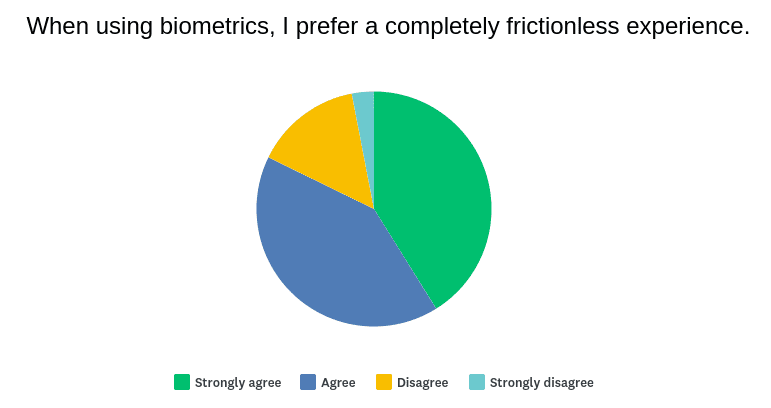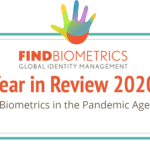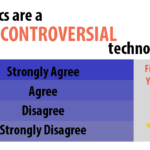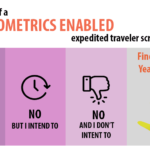
It was at the 2018 Money20/20 event in Las Vegas that a quip about the importance of frictionless user experiences started to become a kind of meme in the world of FinTech: “Friction is the new F-word,” the saying goes. It was hard to disagree with the sentiment. In the world of financial services, a growing amount of business is being done online, and consumers have less and less patience for onerous security practices like answering security questions or remembering long and complex passwords.
The same is true across a number of other areas, too – indeed, in a sector such as retail, friction equals lost sales as consumers abandon their virtual shopping carts – so it’s no wonder that this emphasis on delivering a frictionless experience only solidified its hold over the past year. Naturally, those in the biometrics industry are sympathetic to this attitude, with biometric solutions offering secure, reliable means of authentication while reducing, or in some cases eliminating, friction in the user experience.
In last year’s FindBiometrics Year in Review survey, participants were asked whether they agreed or disagreed with the statement, “When using biometrics, I prefer a completely frictionless experience.” The vast majority – 81 percent – agreed, with 41 percent of those respondents saying they strongly agreed. And of those who disagreed, only four percent said they strongly disagreed.
The results this year are strikingly similar. Eighty-two percent of Year in Review 2019 respondents agreed that they prefer a frictionless experience, with an even split between those who agree and those who strongly agree. And only three percent strongly disagreed.

The results testify to the staying power of the frictionless concept, but it’s also worth taking a moment to consider the dissenting opinion. Many people would probably wonder why anyone would ever want more friction in the user experience, but that probably isn’t what the dissenting respondents were saying; instead, what they very likely meant is that there shouldn’t be more friction, but there should be at least some. In this line of thinking, a completely frictionless experience is, in a sense, too easy; in theory, it opens the door for fraudsters who figure out a way to trick a less sophisticated authenticating system, allowing them to breeze through without any extra security challenges to double-check that they are legitimate users. A little bit of friction can also help to ensure that end users actually mean to be performing the transaction that has triggered authentication in the first place.
With that in mind, it’s probably reasonable to assume that pretty much everybody agrees that the amount of friction in biometric authentication should be minimized. But it’s absolutely clear that a huge majority of Year in Review survey respondents don’t want any friction at all. It’s the new F-word.
*
The 2019 FindBiometrics Year in Review is made possible by our sponsors: Aware, Inc., Clear, IDEMIA, SecuGen, Iris ID, FacePhi, Jumio, BioConnect, BIO-key.
–
January 20, 2020 – by Alex Perala






Follow Us